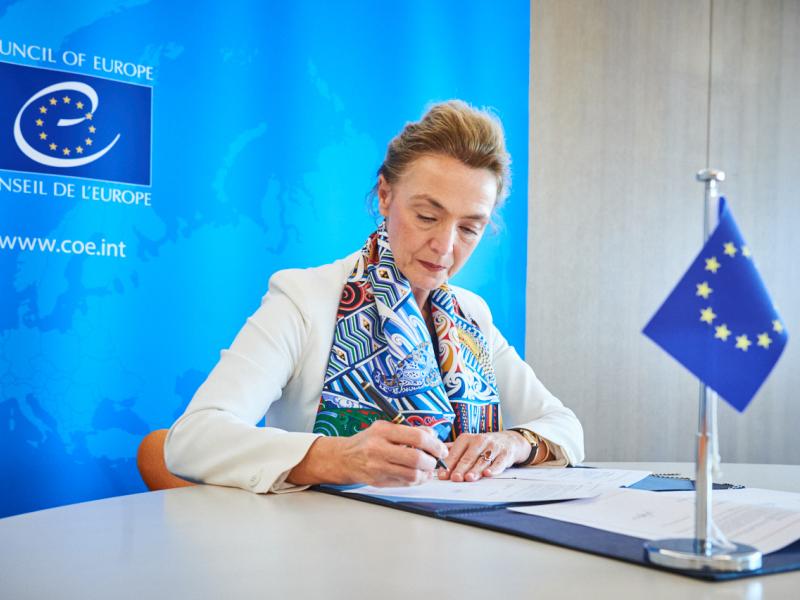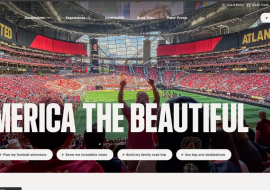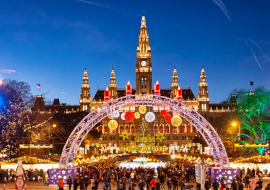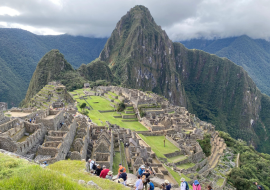UNWTO, the Council of Europe to Promote Cultural Routes

The United Nations World Tourism Organization (UNWTO) and the Council of Europe will work together to develop the opportunities tourism offers to local communities and to enhance the tourist experience along the European region’s Cultural Routes.
The joint actions will be aimed at recognizing the added value that cultural routes offer for sustainable tourism development, cultural heritage safeguarding and intercultural dialogue.
The collaboration will also further highlight the routes’ potential for advancing social, economic and cultural development, benefitting both Europe and its partner countries by strengthening cultural and historical ties.
The two organizations will be collaborating first in the sphere of creative tourism, to showcase good practices in line with the International Year of Creative Economy 2021, and further promote destinations encompassed by the Enlarged Partial Agreement on Cultural Routes (EPA) of the Council of Europe.
UNWTO Secretary-General Zurab Pololikashvili said: “All along the Cultural Routes, tourism has the power to support jobs and create other development opportunities for communities. It is also a chance to protect and promote cultural heritage and to celebrate creativity.”

Council of Europe Secretary General Marija Pejčinović Burić adds: “The Cultural Routes programme plays an important role in the promotion of Europe’s rich cultural heritage, in addition to being an effective tool for fostering intercultural dialogue and transnational cooperation.
We are delighted that the UN’s World Tourism Organisation will contribute its expertise to the Cultural Routes programme on the basis of this Memorandum of Understanding.”
The partnership will also see UNWTO and the Council of Europe harness their individual expertise and technical capabilities to further develop Cultural Routes, through research, training and policymaking. Special attention will be paid to the mapping of Cultural Routes and to promoting greater accessibility for persons with disabilities and specific access requirements.














